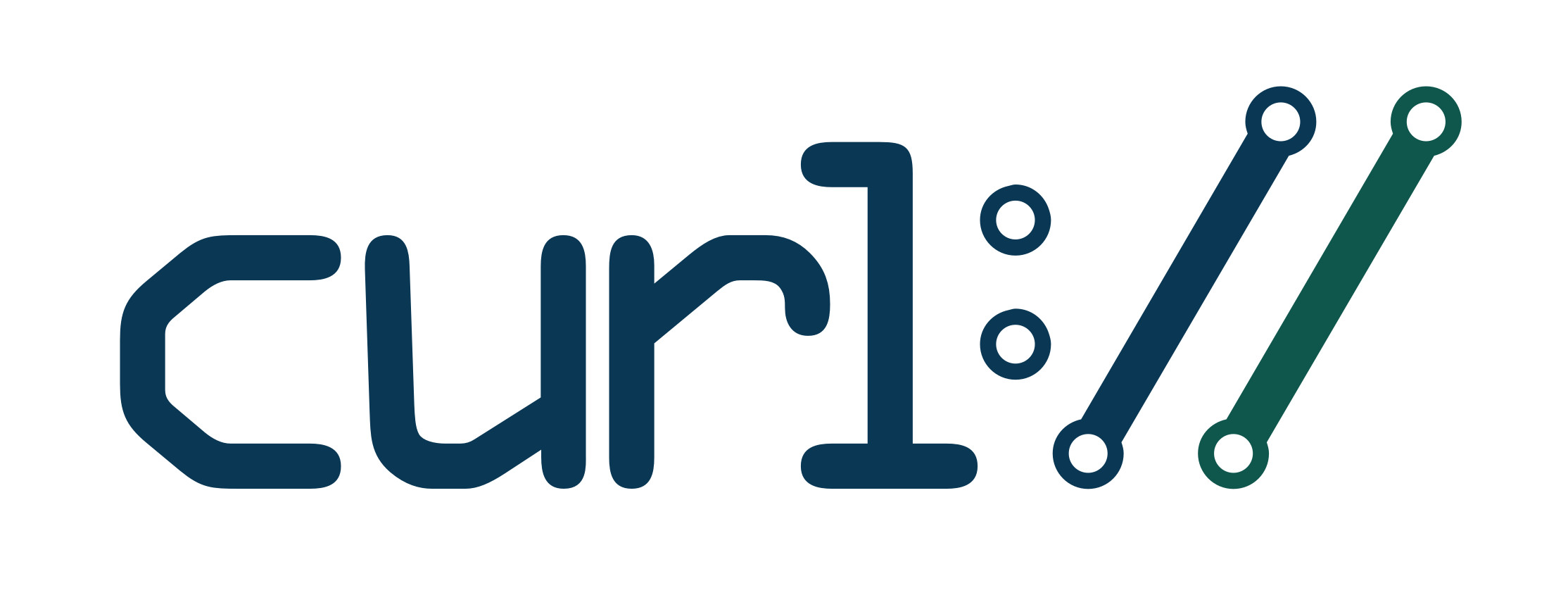Table of contents
In today’s digital world, data is king. Companies and organizations are constantly collecting and analyzing data to make informed decisions and improve their operations. As a result, the demand for efficient and reliable database management systems has increased significantly.
One of the most popular programming languages for building database management systems is Rust. Known for its speed, safety, and concurrency, Rust is a powerful language that is gaining popularity among developers. In this article, we will explore how Rust can be used to convert a flat file to database table and the benefits of using Rust for this task.
Why Use Rust for Database Management?
Rust is a relatively new programming language, first introduced in 2010 by Mozilla. It was designed to address the shortcomings of other programming languages, such as C and C++, by providing better memory safety and concurrency. These features make Rust an ideal language for building database management systems.
Speed and Performance
by Karl Paul Baldacchino (https://unsplash.com/@karlpb)
One of the main advantages of using Rust for database management is its speed and performance. Rust is a compiled language, meaning that the code is converted into machine code before execution. This results in faster execution times compared to interpreted languages like Python or JavaScript.
Additionally, Rust’s memory management system ensures that there are no unexpected crashes or memory leaks, making it a reliable choice for building database management systems.
Safety and Security
Rust’s strict compile-time checks and memory safety features make it a secure language for building database management systems. The language’s ownership and borrowing system ensure that there are no data races or dangling pointers, which are common sources of bugs and security vulnerabilities in other languages.
Concurrency
Concurrency is the ability of a program to perform multiple tasks simultaneously. Rust’s ownership and borrowing system, along with its lightweight threads called “tasks,” make it easy to write concurrent programs. This is especially useful for database management systems, which often need to handle multiple requests simultaneously.
Converting Flat Files to Databases Using Rust
Flat files are a common way of storing data, where each line in the file represents a record, and each field is separated by a delimiter, such as a comma or tab. While flat files are easy to read and manipulate, they are not ideal for storing large amounts of data. This is where databases come in.
Databases are organized collections of data that can be easily queried and manipulated. By converting a flat file to a database table, we can take advantage of the benefits of databases, such as faster data retrieval and better data organization.
Reading and Parsing Flat Files
The first step in converting a flat file to a database table is to read and parse the data from the file. Rust provides a standard library module called “std::fs” that allows us to read and write files. We can use this module to open the flat file and read its contents into a string.
Next, we need to parse the data into a data structure that can be easily inserted into a database. Rust provides a powerful library called “serde” for serializing and deserializing data. We can use serde to parse the data from the flat file into a struct or a map, depending on the structure of the data.
Creating a Database
by Anne Nygård (https://unsplash.com/@polarmermaid)
Once we have the data from the flat file in a data structure, we can create a database to store the data. Rust has a library called “rusqlite” that provides a lightweight, cross-platform, and easy-to-use database management system. We can use rusqlite to create a new database or connect to an existing one.
Inserting Data into the Database
With the database created, we can now insert the data from the flat file into the database. Rusqlite provides a simple API for executing SQL statements and inserting data into tables. We can use this API to create a table in the database and insert the data from the flat file into the table.
Querying the Database
Once the data is inserted into the database, we can query it using SQL statements. Rusqlite provides a query API that allows us to execute SQL statements and retrieve data from the database. We can use this API to retrieve data from the database and manipulate it as needed.
Benefits of Using Rust for Flat File to Database Conversion
Speed and Performance
As mentioned earlier, Rust’s speed and performance make it an ideal language for building database management systems. This is especially important when dealing with large amounts of data, as the faster the data can be read and inserted into the database, the better the overall performance of the system.
Safety and Security
by Gareth David (https://unsplash.com/@gareth_david)
Rust’s memory safety features make it a secure choice for building database management systems. By eliminating common sources of bugs and vulnerabilities, Rust helps ensure the integrity and security of the data stored in the database.
Concurrency
Concurrency is essential for database management systems, as they often need to handle multiple requests simultaneously. Rust’s lightweight threads and ownership and borrowing system make it easy to write concurrent programs, making it an ideal language for building database management systems.
Conclusion
In conclusion, Rust is a powerful and efficient language for building database management systems. Its speed, safety, and concurrency make it an ideal choice for converting a flat file to a database table. By using Rust for this task, we can take advantage of the benefits of databases, such as faster data retrieval and better data organization. As Rust continues to gain popularity, we can expect to see more and more database management systems built using this language.











